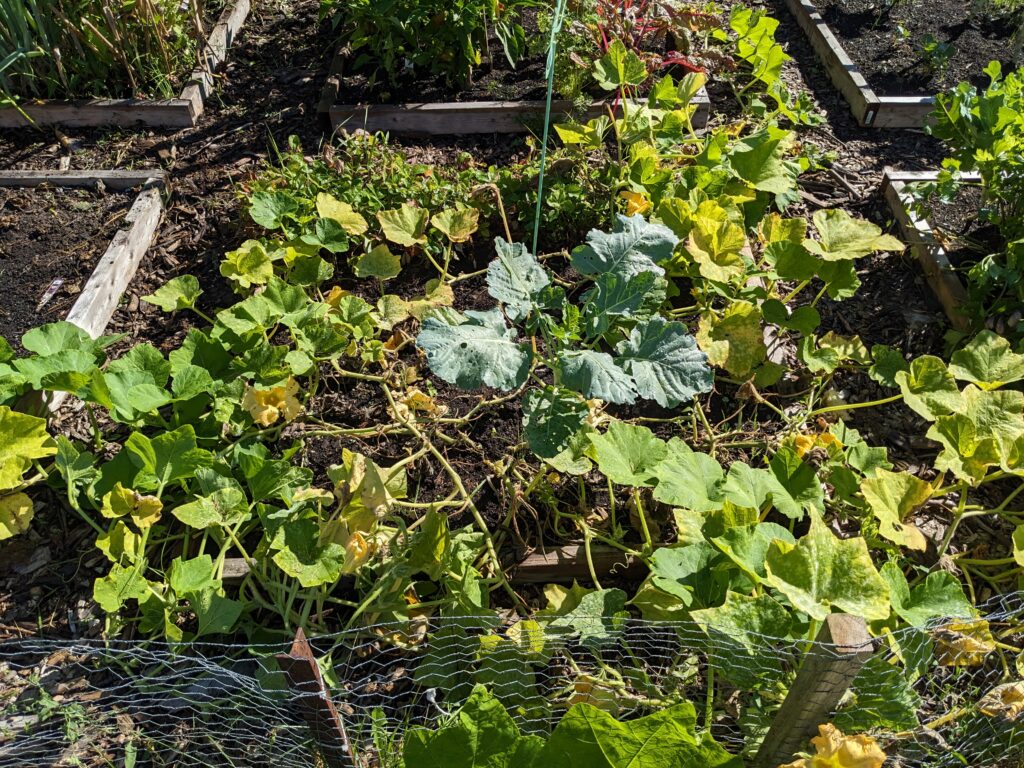Excessive rain creates conditions that are highly conducive to the development and spread of various plant diseases, particularly those caused by fungi, bacteria, and water molds. Here are some common plant diseases that thrive in overly wet conditions:
Fungal Diseases
1. Blight
– Early Blight (Alternaria solani): Common in tomatoes and potatoes, it causes dark spots on leaves, which can lead to defoliation and reduced yield.
– Late Blight (Phytophthora infestans): Affects tomatoes and potatoes, producing water-soaked lesions on leaves, stems, and fruits, which eventually turn brown and rot.
2. Powdery Mildew (Erysiphe spp.)
– Characterized by white, powdery spots on leaves and stems. While it usually prefers dry conditions, high humidity can exacerbate its spread.
3. Downy Mildew (Peronospora spp.)
– Causes yellow to white patches on the upper leaf surface and a downy growth on the underside. It thrives in wet and cool conditions.
4. Root Rot (Fusarium spp., Pythium spp., Phytophthora spp.)
– Results from prolonged soil saturation, leading to decaying roots and stunted plant growth. Affected plants often wilt despite adequate watering.
5. Anthracnose (Colletotrichum spp.)
– Produces dark, sunken lesions on leaves, stems, fruits, and flowers. It can lead to defoliation and fruit rot in crops like beans, cucumbers, and tomatoes.
Bacterial Diseases
1. Bacterial Leaf Spot (Xanthomonas spp., Pseudomonas spp.)
– Manifests as small, water-soaked spots on leaves that can enlarge and merge, causing significant damage and defoliation.
2. Bacterial Wilt (Ralstonia solanacearum)
– Leads to rapid wilting and death of plants like tomatoes, peppers, and eggplants. It spreads quickly through wet soil and water.
3. Soft Rot (Erwinia spp.)
– Causes soft, watery, and foul-smelling decay of stems, roots, and tubers. It is particularly problematic in crops like carrots, potatoes, and onions.
Water Mold Diseases
1. Phytophthora Root and Crown Rot (Phytophthora spp.)
– Affects a wide range of plants, causing root and crown decay. Infected plants often exhibit stunted growth, chlorosis, and eventual death.
2. Pythium Root Rot (Pythium spp.)
– Causes damping-off in seedlings and root rot in mature plants. It is prevalent in overly wet soils and can severely impact plant development.

